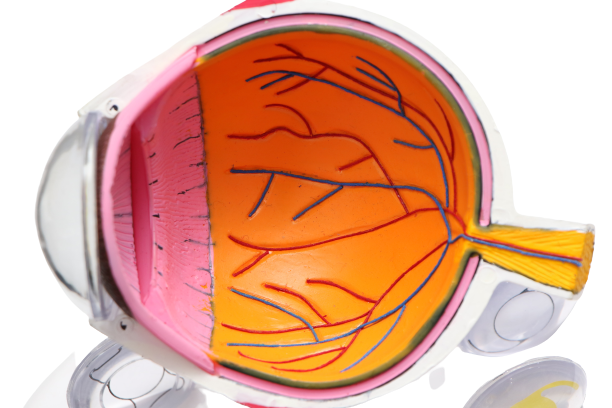Home/Optical/Eye Conditions
Eye Conditions
Drummond Eye Clinic is dedicated to keeping your eyes healthy. Beyond routine eye exams for glasses or contacts, our doctors also diagnose and treat a number of eye conditions making appropriate referrals when required. Below is a list of some of these conditions to provide more information.
Amblyopia is when vision in one or both eyes does not develop properly during childhood. It is sometimes called lazy eye. Amblyopia is a common problem in babies and young children.
A child’s vision develops in the first few years of life. It is important to diagnose and treat amblyopia as early as possible. Otherwise, a child with amblyopia will not develop normal, healthy vision.
Blepharitis is inflammation of the eyelids. They may appear red, swollen, or feel like they are burning or sore. You may have flakes or oily particles (crusts) wrapped at the base of your eyelashes too. Blepharitis is very common, especially among people who have oily skin, dandruff or rosacea.
A cataract is when your eye's natural lens becomes cloudy. Proteins in your lens break down and cause things to look blurry, hazy or less colorful. If you have a cataract, your lens has become cloudy, it is like looking through a foggy or dusty car windshield. Things look blurry, hazy or less colorful with a cataract.
You may have heard somewhere that looking at a computer, smartphone or other digital screen for long periods of time will permanently damage your eyes. Thankfully, this is like the old adage about “ruining your eyes” from watching too much television or sitting too close to the TV: it’s simply not true. However, you probably notice some uncomfortable effects from staring at your screen too long.
Digital-related eye strain affects people of all ages. If you spend hours a day using digital devices, you might notice your vision blurs, and your eyes feel achy and tired. You may also find your eyes become dry, and will tear or sting. This eye strain is no different from the symptoms you may have when reading, writing or doing “close work” like sewing for long stretches of time.
https://www.aao.org/eye-health/tips-prevention/computer-usage
Adult strabismus (crossed eyes) is when your eyes are not lined up properly and they point in different directions. One eye may look straight ahead while the other eye turns in, out, up, or down. The misalignment can shift from one eye to the other.
Strabismus affects vision, since both eyes must aim at the same spot together to see properly.

